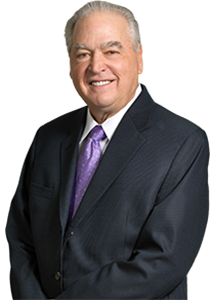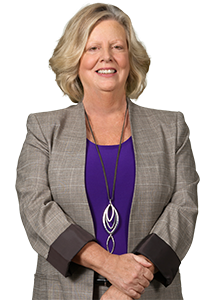There is a great quote from Oliver Wendall Holmes on complexity: “I would not give a fig for the simplicity this side of complexity, but I would give my life for the simplicity on the other side of complexity”.
Of course, there is the other great quote about complexity with its author of unknown origin: “Keep it simple stupid.”
But when it comes to planning, particularly tax-based planning, in my experience, advisors of all kinds—lawyers, accountants, financial advisors—violate the tenants of simplicity and engage in some of the most complex, indecipherable planning known to mankind. I have seen plans that use charitable planning techniques to transition business ownership for clients that have no charitable inclinations. I have seen complex buy-sell plans and operating agreements created for clients that just want to pass the business on to the children. I have seen all types of acronym planning that, upon further review, is akin to killing an ant with a sledgehammer—GRATs, BDITs, IDGTs, FLPs, DAPTs and the like.
Just to be clear, the planning techniques behind each of these acronyms are wonderful, useful and powerful planning techniques when implemented in the right situation with the right client. I have implemented many of them myself. But for some clients, it is more than what they need to get where they want to go.
The question might be what is the problem? Even if a simpler solution might accomplish the same client goal, at the end of the day, the solution still accomplished the goal. In my experience, there is a reason that someone as brilliant as Oliver Wendall Holmes valued simplicity to the point of figuratively giving his life to get it—the lack of understanding leads to fear, and fear leads to inaction. Taking a step back, why did I become involved in these cases in the first place, when the plan (generally a costly plan) had been created by a former advisor? Simply put, the clients had no idea what they had, why they had it or what to do with it. Stated another way, it was the advisor’s plan, not the clients’.
So my suggested process: determine first what the client wants and then determine the possible ways to get there. Then recommend and implement the solution that gets the client the best result in the simplest way. The plan should not be about the advisor’s ego, but if it is, remember what Oliver Wendall Holmes is really saying—true brilliance lies not in complexity, but rather simplicity.











